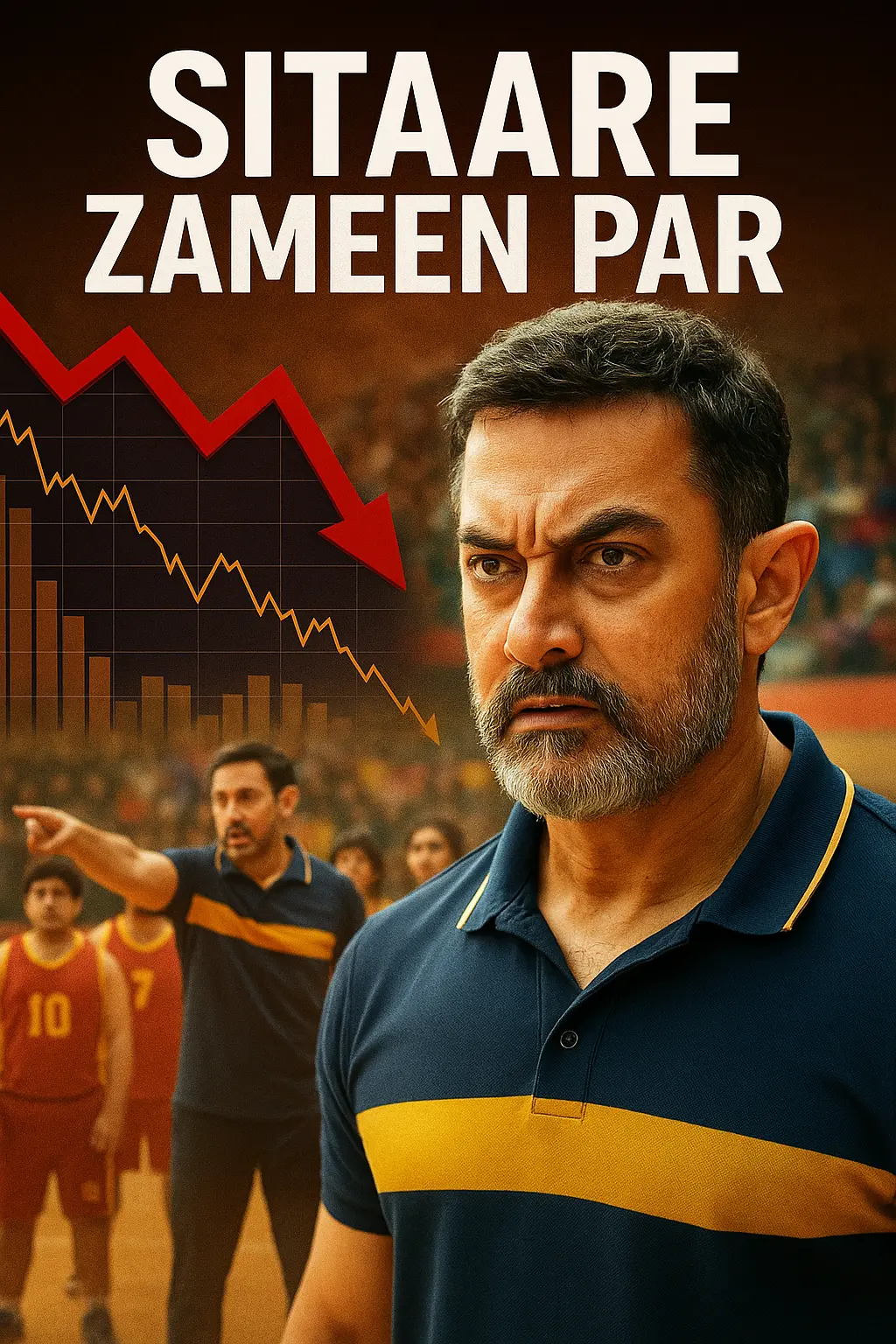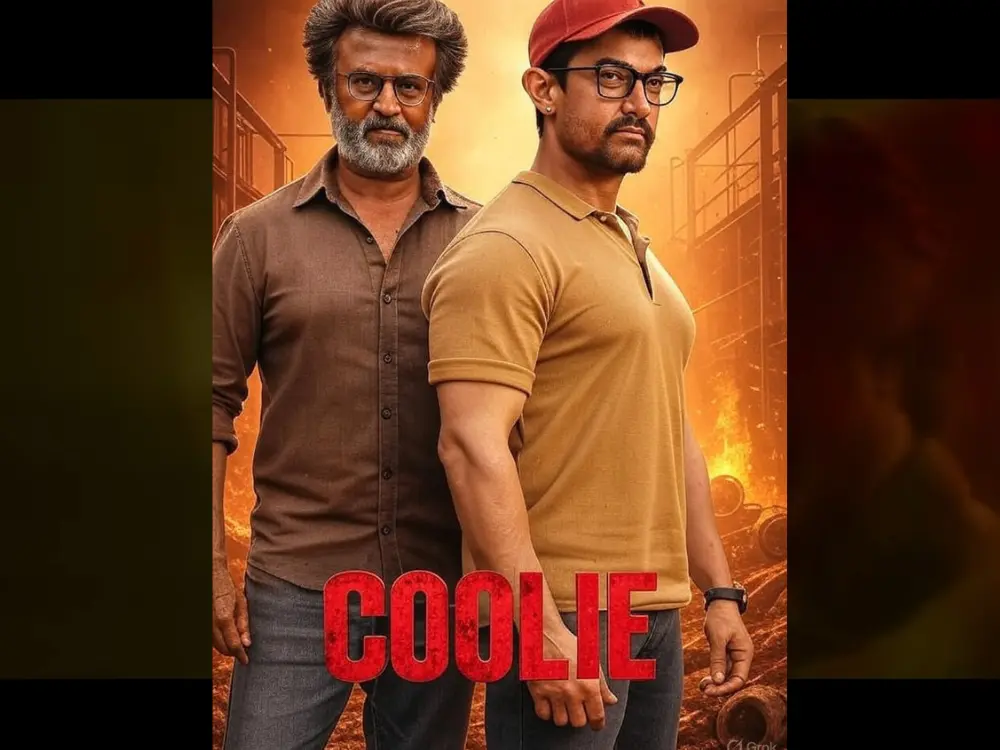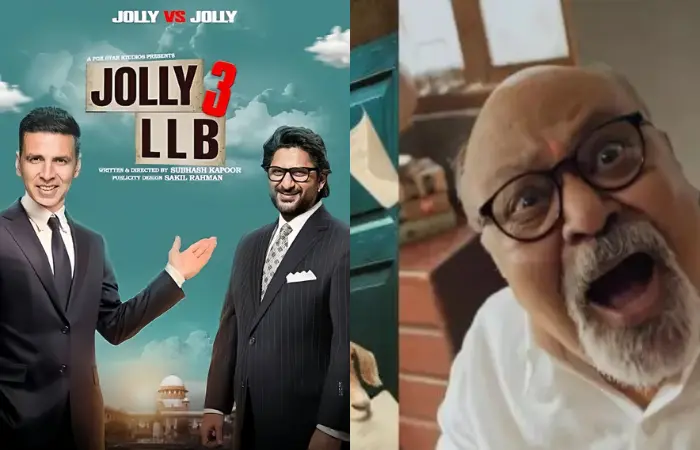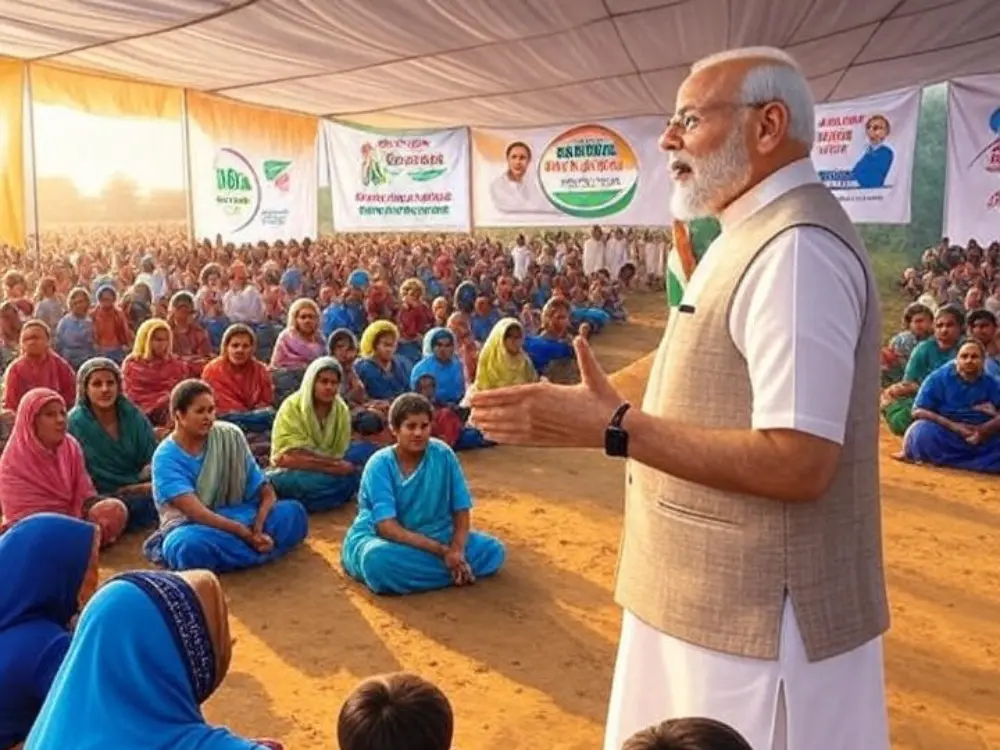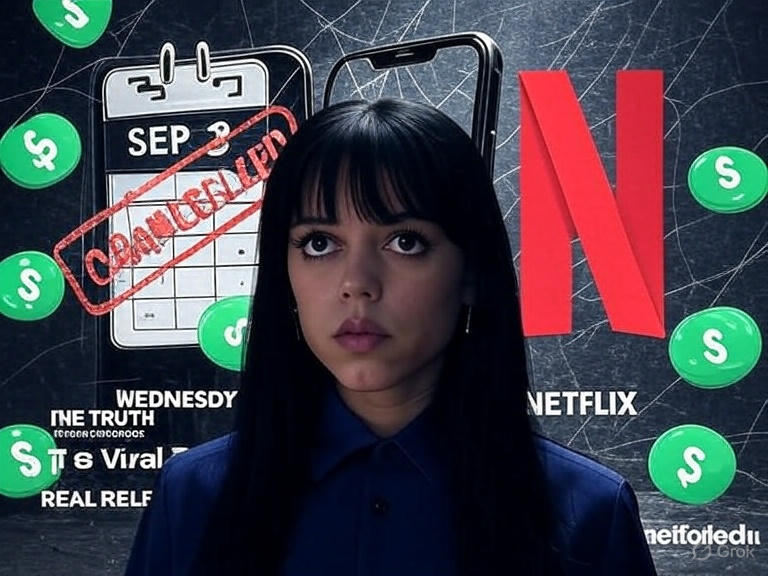Aamir Khan’s Sitaare Zameen Par blends emotion, ambition & controversy. Discover fresh angles on its budget, box‑office, cast, review buzz & why it’s trending.
Mumbai: Superstar Aamir Khan’s much‑anticipated comeback film, Sitaare Zameen Par, has ignited curiosity, controversy, and conversations across the nation. Touted as a spiritual successor to the emotionally charged Taare Zameen Par (2007), the new release takes an unexpected turn—mixing sports, disability rights, and social commentary, while shaking the business side of Bollywood with its bold production choices.
Here’s the full story behind the film’s budget, collection, political challenges, nostalgic angles, and why insiders are calling it “Aamir’s riskiest move in years.”
Table of Contents
ToggleA New Direction After Taare Zameen Par*
After redefining Bollywood’s treatment of childhood education in Taare Zameen Par, Aamir Khan has pivoted toward an equally sensitive subject—adult disability and inclusion in sports. In Sitaare Zameen Par, Aamir portrays a tough basketball coach tasked with training a team of intellectually disabled adults—a bold departure from typical star vehicles.
Though early headlines compare the two films, insiders reveal this is no simple sequel. By spotlighting adults with special needs instead of children, Khan broadens the conversation started in Taare, aiming to dismantle stereotypes about intellectual disabilities in Indian society.
Budget & Box Office Breakdown
One of Bollywood’s most whispered questions: why did Aamir turn down a ₹120 crore OTT deal in favor of a theatrical release?
Industry sources suggest that Sitaare Zameen Par’s actual production budget hovers between ₹80–100 crore, including marketing. Betting on old‑school box office revenue, Khan refused a lucrative digital buyout—a gamble many saw as risky after Laal Singh Chaddha’s lukewarm reception.
The box office figures so far reflect a mixed bag:
- Day 1: ₹11.7 crore
- Day 2: an estimated ₹6–7 crore (official numbers pending)
Though these numbers outpaced rivals like Housefull 5, analysts warn that Sitaare may struggle to break even unless strong word‑of‑mouth drives steady growth.
📜 Censorship Drama: CBFC Demands Political Edits
Adding fuel to the fire, the CBFC intervened just days before release, demanding Aamir’s film incorporate a quote by PM Narendra Modi praising disabled athletes—while cutting “sensitive” dialogue that critics felt would stoke debate on inclusion policy.
Such late-stage censorship sparked an uproar among film circles, with advocacy groups arguing that forced edits dilute the film’s message. An NGO working with differently-abled citizens has now publicly urged state governments to declare the film tax-free to boost awareness.
🎟️ The Power of Nostalgia: Darsheel Returns, Genelia Shines
Another factor drawing audiences is pure nostalgia. Darsheel Safary—who famously played Ishaan in Taare Zameen Par—made headlines attending the premiere. Though not part of the new film, his grown-up appearance lit up social media, reminding fans of the emotional impact of Aamir’s 2007 classic.
Meanwhile, Genelia Deshmukh’s performance as a sympathetic schoolteacher is earning rave reviews, marking her strongest Bollywood return in years.
📝 Critical Verdict: Does Sitaare Zameen Par Deliver?
Early reviews call Sitaare Zameen Par “heartfelt but uneven,” with many praising Aamir’s grounded performance and the film’s humor-laced handling of a complex topic. While some critics note that it doesn’t match Taare Zameen Par’s raw emotional punch, most agree that it offers rare mainstream visibility for disabled communities—a theme Bollywood has long ignored.
The film’s success may ultimately hinge on word-of-mouth and political goodwill. If enough public institutions support the film’s educational value, it could replicate the long-legged success of socially conscious cinema like Chak De! India.
🚀 The Bigger Picture: Why This Film Matters
Beyond numbers and controversies, Sitaare Zameen Par marks a turning point for Bollywood’s “big star” vehicles. In an era where superhero flicks and OTT thrillers dominate, Aamir Khan has doubled down on empathy‑driven cinema—testing whether heartfelt, niche subjects can still thrive on the big screen.
More than a film, this project reflects a bold statement: that authentic storytelling matters more than flashy formulas.

